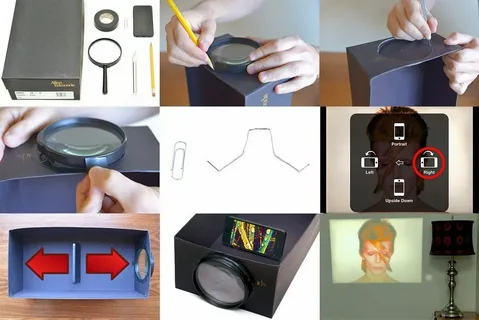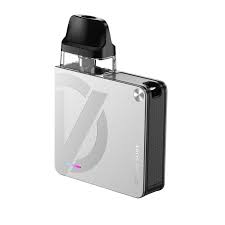Are you eager to enjoy the immersive experience of a large screen right in the comfort of your own home? Building your own projector can be a fun and rewarding project that allows you to create a personal entertainment system. In this step-by-step guide, we will explore How to Make Your Own Projector from scratch. Whether you’re a DIY enthusiast or a tech-savvy individual, this article will provide you with all the necessary information to embark on this exciting journey. So let’s get started!
Understanding the Basics of a Projector
Before diving into the construction process, it’s important to grasp the fundamentals of a projector. A projector is an optical device that projects images or videos onto a surface, creating a larger display than what a typical TV screen can offer. It consists of three primary components: a light source, a lens system, and an imaging device such as an LCD panel or DLP chip.
Gathering the Necessary Materials
To begin building your own projector, you’ll need to gather the following materials:
- A cardboard box or suitable enclosure
- A high-quality lens
- An LCD panel or DLP chip
- A light source, such as an LED or halogen bulb
- Heat sinks and cooling fans
- Power supply and wiring components
- Screws, adhesive, and other fastening materials
- Projection surface material, like a white sheet or specialized screen
Constructing the Projection Box
The first step is to construct the projection box, which will house all the components of your projector. Start by selecting a sturdy cardboard box or building a custom enclosure using lightweight materials such as acrylic or wood. Cut appropriate openings for ventilation, lens placement, and cable access. Ensure the box provides enough space for all the internal components.
Assembling the Lens and Light Source
The lens and light source are crucial for projecting clear and sharp images. Mount the lens securely at the front of the projection box, ensuring it is aligned properly. Consider using lens brackets or adhesive to secure it in place. Next, position the light source at the back of the box, ensuring it is centered and well-focused on the lens. Secure the light source using brackets or adhesive.
Installing the LCD Panel
If you’ve chosen to use an LCD panel as your imaging device, carefully install it inside the projection box. Ensure the LCD panel is centered and aligned with the lens. Use adhesive or mounting brackets to fix it securely. Make sure the panel is properly connected to the necessary cables and wires, ensuring a reliable electrical connection.
Wiring and Connecting the Components
In this step, it’s time to wire and connect all the components of your projector. Begin by connecting the power supply to the light source and cooling fans, ensuring the correct voltage and wiring connections. Connect the LCD panel to the appropriate cables and ensure it is securely fastened. Take extra care to organize the wiring inside the box to avoid potential interference or damage.
Setting Up the Projection Surface
To achieve optimal projection, you need to set up an appropriate projection surface. You can use a plain white sheet or invest in a specialized projection screen for better image quality. Ensure the surface is smooth and free from wrinkles or creases. Mount it securely on a wall or use a portable tripod stand for flexibility.
Adjusting the Focus and Image Quality
Now that your projector is fully assembled and set up, it’s time to fine-tune the focus and image quality. Adjust the position of the lens and LCD panel, if necessary, to achieve a sharp and clear image. Experiment with the projector’s distance from the projection surface to obtain the desired screen size. You may also need to adjust brightness, contrast, and other settings depending on your specific components.
Enhancing Your Projector’s Performance
To enhance your projector’s performance, consider implementing additional features and improvements. These may include adding built-in speakers, incorporating HDMI or USB ports for versatile connectivity, or implementing a cooling system to prevent overheating. Research and explore various projector modding communities and online forums for creative ideas and advanced modifications.
Troubleshooting Common Issues
Even with careful construction, it’s not uncommon to encounter issues during the projector-building process. Some common problems include poor image quality, overheating, or electrical failures. Troubleshooting these issues may involve adjusting the focus, improving ventilation, or checking wiring connections. Online resources, forums, and user communities can provide valuable insights and solutions to overcome these challenges.
Conclusion
Congratulations! You have successfully learned how to make your own projector from scratch. Building a projector allows you to customize and tailor your viewing experience according to your preferences. By following this step-by-step guide and leveraging your creativity, you can create a unique projector that suits your needs. Remember to be patient, take your time, and enjoy the journey of building your own home theater system. So go ahead, gather your materials, and start bringing your cinematic dreams to life with your homemade projector.
Etech Sense offers a unique opportunity to embrace and utilize the latest technological advancements, providing a diverse range of knowledge and expertise. Our main objective is to achieve significant advancements by utilizing cutting-edge projectors, captivating visual displays, meticulously engineered audio solutions, valuable artifacts, and an abundance of remarkable wonders.



